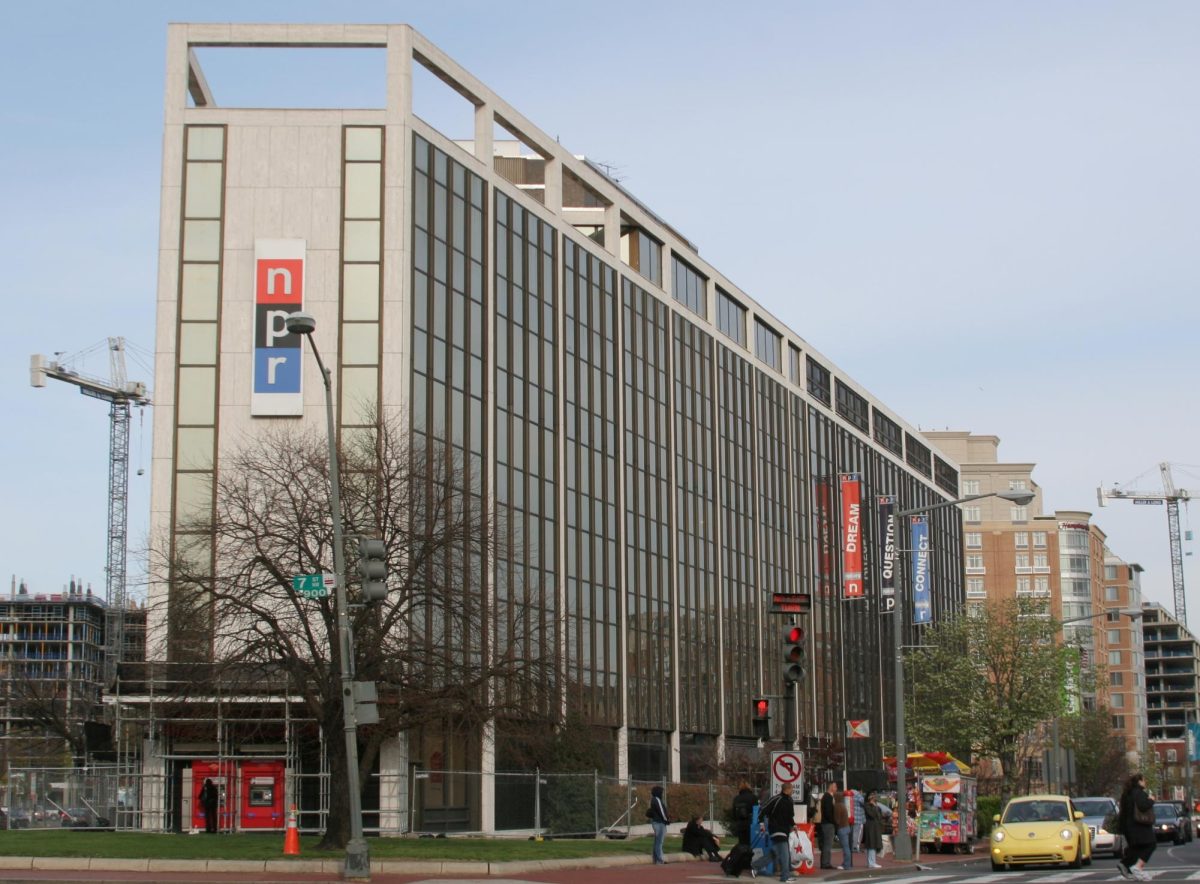The Impact of the Willow Project on Alaska
April 6, 2023
On March 13, the Biden administration approved the massive $8 billion Willow Project in Alaska. The project will be one of the largest oil and gas developments on U.S. territory.
The Willow Project, conducted by Houston-based ConocoPhillips, is an oil drilling project on Alaska’s North Slope within the Alaskan National Petroleum Reserve. ConocoPhillips has been exploring oil production in Alaska in the recent past and estimates the Willow Project could uncover 600 million barrels of oil over the next 30 years.
The project was originally created and approved by the Trump administration in 2020. While the Biden administration reduced the five approved drill pads to only three, ConocoPhillips already had valid leases in the area, making it difficult for the new administration to fully reject the project. Now that the project has been officially approved, construction in Alaska may begin.
The process will involve three different drilling sites along Alaska’s North Slope, and will produce an estimated 180,000 barrels of crude oil daily. It will also release an estimated 280 million metric tons of carbon pollution in the span 30 years. This means that every year, 9.2 million metric tons will be produced.
The Willow Project is being described as a “carbon bomb” and has received a multitude of criticism online. One million letters have been written to the White House in protest, and a Change.org petition has gathered 3 million signatures. #StopWillow had started trending on TikTok, resulting in even more concern for what this project means for the environment. Along with the surge in online activism, Alaska natives have also voiced their concerns on how this will affect their homes and the planet as a whole.
A week after the Willow Project’s approval, the United Nations Intergovernmental Panel on Climate Change (IPCC) released a news report saying that “there is a rapidly closing window of opportunity to secure a liveable and sustainable future for all.” Once the Willow Project begins, the effects may include rising sea levels, extreme heat waves, and other global warming related issues. This will harm Alaska’s people, but also many of their native species, which are already struggling due to global warming. In fact, the Arctic has been warming almost four times faster than the rest of the world.
On top of the climate crisis that Willow contributes to, Willow’s development will require the building of roads and pipelines that may harm the ecosystem. Conservationists have estimated that the project could result in the loss of 532 acres of wetlands, 619 acres of habitat disturbances for polar bears, and more.
During the 2020 presidential campaign, Biden vowed to end new oil and gas drilling on public lands and waters. The Biden administration has made many decisions that are in support of this campaign promise, such as passing the Inflation Reduction Act. This included the investment of $370 billion in cleaner energy and greenhouse gas reduction. In spite of this, the approval of the Willow Project has broken this promise and is being questioned by many environmental groups. “This is a huge climate threat and inconsistent with the administration’s promises to take on the climate crisis,” Jeremy Lieb, an Alaska-based senior attorney, told CNN.
Environmentalists have pointed out the irony of creating this massive oil project while also trying to reduce global greenhouse gas emissions in the coming decades. Many say that this will cause irreversible damage and will make it much more difficult to cut climate pollution down in the coming decades.
In spite of all the concern for the impact this will have on the environment, there are some people that are voicing their support for the project. State lawmakers say that the project will create new jobs and lessen the country’s reliance on foreign oil. Biden has also been expected to announce restrictions on the project including limiting future oil leases in the region, protecting 13 million acres from future drilling, and more. But these restrictions are unlikely to offset the damage already done once this project hits the ground. The project has not officially started yet, but environmental groups are still planning to take legal action.











